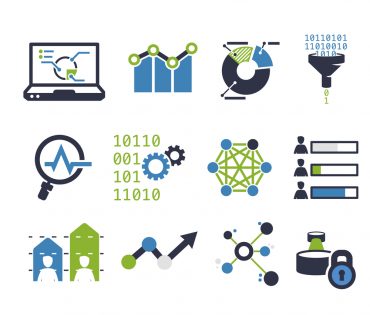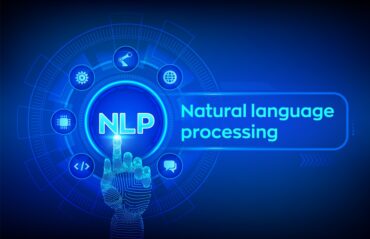
Use of recruitment chatbots is on the rise because text messaging is a much more effective method than email or calls to engage job candidates.
Competition for workers is intense with today’s low U.S. unemployment rate. Recruiters are overwhelmed, and traditional recruitment approaches deliver poor results. Recruitment chatbots increasingly are playing a key role in improving the candidate search and approval process.
Why chatbots, and why now? It is a combination in the way job candidates like to communicate today plus a recruitment chatbot’s ability to free up recruiters by handling many time-consuming, basic tasks. They are a win-win for both the candidate and the recruiter.
See also: Credible Chatbots Outperform Humans
For years, many companies have certainly used recruitment marketing automation. But they are becoming ineffective due to market changes.
For example, a common approach would be for a recruiter to send automated job alerts to potential candidates via email. Email has an open rate of about 14%, and email job alerts have a click-through rate of about 2% (based on statistics from GoJobs.com ).
Reaching candidates via email is even more challenging when trying to fill part-time hourly jobs such as those that would be found in fast-food restaurants, package delivery services, and retail. Currently, 25% or more, of the US workforce either doesn’t have or doesn’t use email regularly, to communicate. This percentage is only getting bigger as a younger generation of messaging-first workers enters the workforce.
Calling a potential candidate is even worse than trying to engage via email. Many people today do not answer calls from unrecognized phone numbers. If the call is not automatically blocked and instead is sent to voicemail, there can be a time-consuming game of phone tag before a connection is made.
Enter Recruitment Chatbots
Recruitment chatbots are conversational interface platforms that perform the preliminary recruitment processes. Such chatbots are powered with AI and NLP capabilities to interact in real-time with potential job candidates.
Chatbots are effective because text messaging is a much more effective method than email to engage recruits. Messaging job alerts get 95% open rates and 21% click-through rates. And candidates typically respond quickly – usually in minutes or hours versus days. All of these attributes accelerate the hiring process. Specific areas where chatbots are being used to improve recruitment processes include:
Engagement: Very few (less than 10% by some industry studies) of career site visitors completed an application. That means that approximately 90% of candidates visit a career site and leave without providing any information to contact them in the future. Chatbots can help improve this engagement rate by answering questions, pre-screening candidates, building candidate profiles, and allowing candidates to search for jobs and schedule interview times.
Screening candidate applications: Once candidates apply on a company’s job site, chatbots can initiate a conversation with them. A chatbot might be used to ask about work experience and previous jobs, as well as answer a candidate’s questions. Once the conversation is complete, chatbots can evaluate the candidate for the relevancy of the vacant position. Combining this information with resume details, the recruitment chatbot can help determine if a candidate is the right fit for a position.
Scheduling interviews: Once it is determined the candidate is a good prospect, companies are using recruitment chatbots for scheduling. An intelligent chatbot might access the recruiter’s calendar to check availability. The chatbot can then schedule an interview date and time.
Recruitment Chatbots in Action
Leveraging such capabilities can deliver a competitive advantage and quantifiable results. For example, Domino’s biggest franchisee, RPM Pizza, is using a chatbot nicknamed “Dottie” to speed the hiring process in its 187 pizza shops.
According to an IEEE Spectrum article, “The chatbot’s faster response time and ability to schedule job interviews into time slots that store managers designate in advance has cut the days it takes to hire hourly workers from up to five to between one and three. It also reduced RPM’s application drop-out rate, the percentage of people who start filling out an application, but quit before submitting it.”
With such benefits, the adoption of recruitment chatbots is growing, and they are expanding into many industries and organizations. Examples of recruitment chatbots being used in different organizations include Marriott, the US Army, and MERRILL Technologies Group.




























